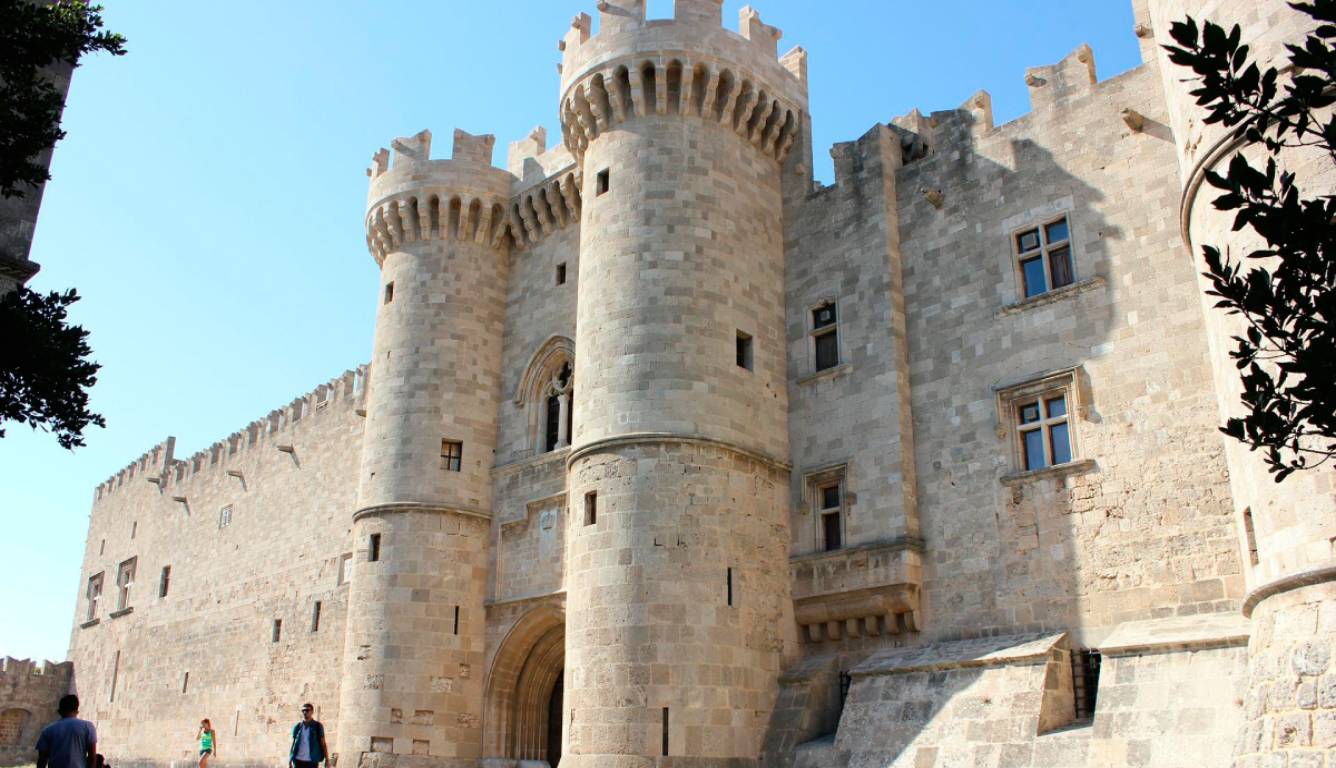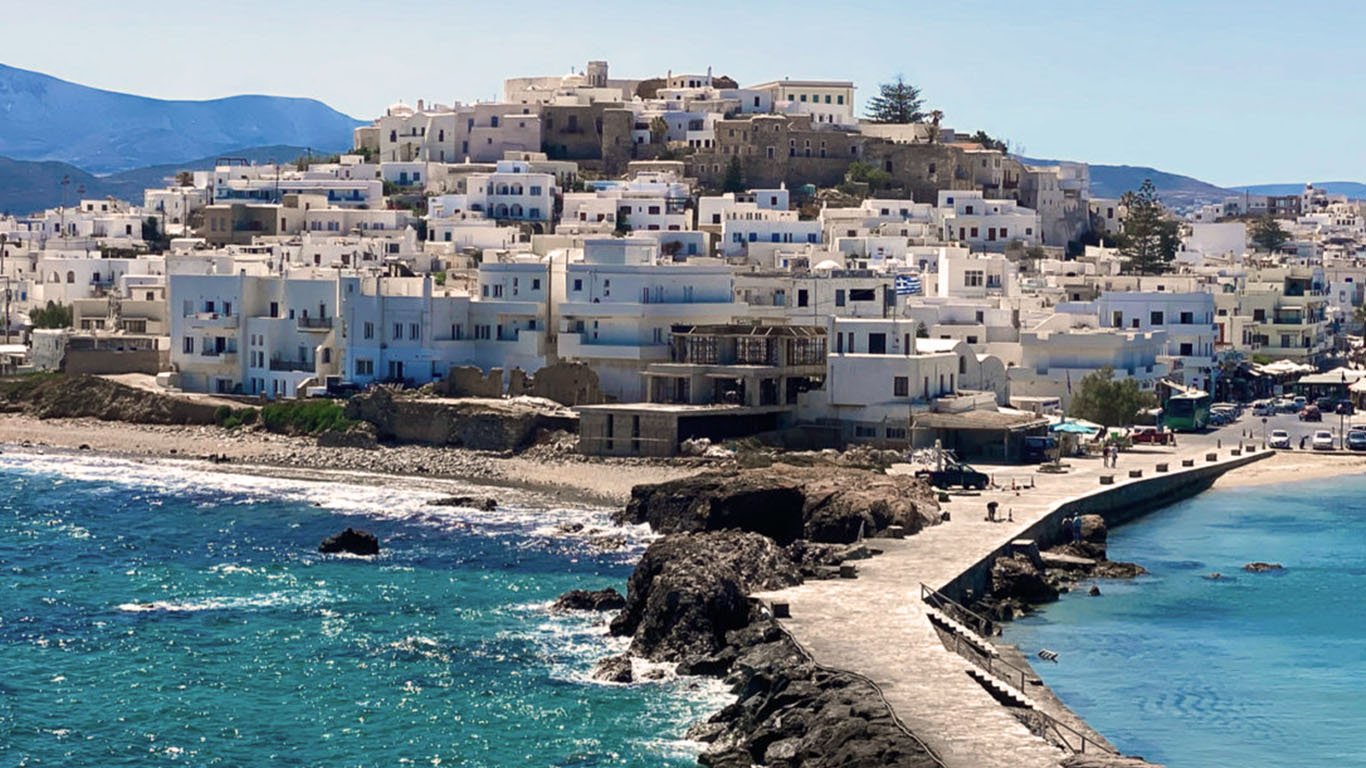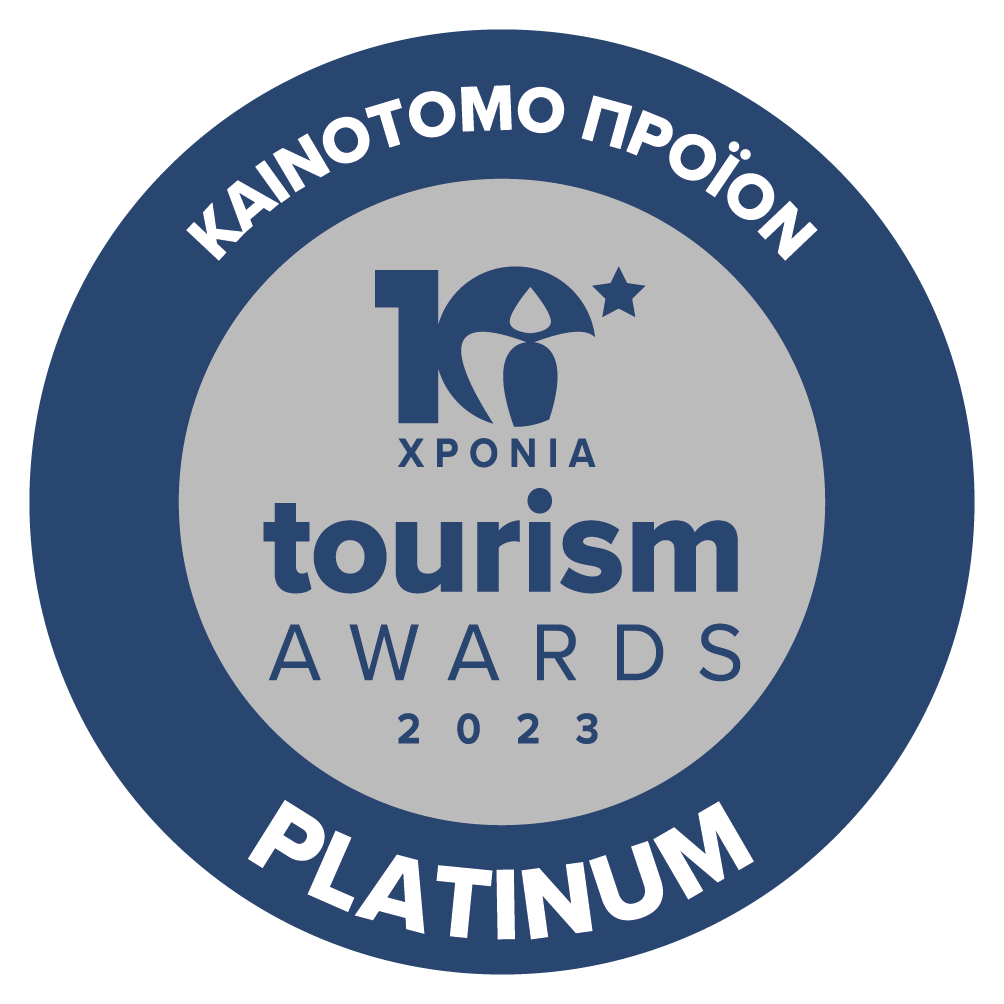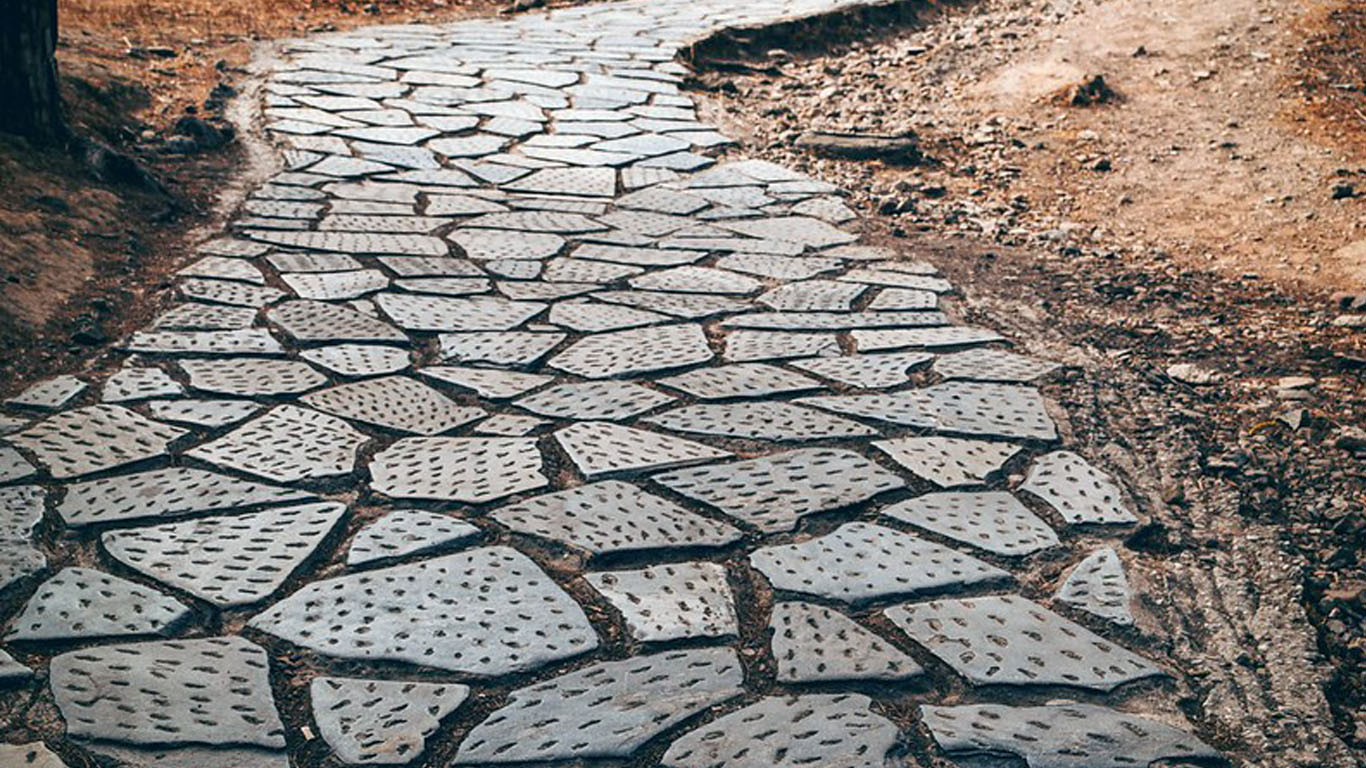
Dimitris Pikionis’ paved pathways
Dimitris Pikionis’ paved pathways
Posted on August 23, 2021
Urban planning in the Athenian landscape of the ’50s was inspired by a twenty-centuries-old story. Nevertheless, it is still popular nowadays. On Athens’ Western Hills lies a one-of-a-kind pathway you can’t miss. Although hidden in the nature of the hills, it is well-known for good reason. The path that connects Propylaea to the Philopappou hill, designed by the architect Dimitris Pikionis (1887-1968) is truly unique; starting with its own construction.
Raw materials
Stone slabs, marble remnants, and ceramic fragments put side by side, create just the right set. Right set for what? To depict an exploratory and ludic sense of walking. The traces are still here, the generations past in front of them! The sequence the tiles follow is unknown. It consists of improvisation by people who took part in the construction -architects, workers, students, stonemasons. The non-symmetric result gives its own pattern, which is really hard to copy the very same way. The whole paved path, along with every architectural intervention developed by Pikionis and his team holds a unique character deriving from the decision to embrace the randomness factor in every state of the construction -and that’s something worthy of copying, the mindset behind this stunning artwork.
Materials themselves were not actually chosen! Pikionis and his team “rescued” most of them from half-standing or demolished neoclassical buildings of Athens. Many of them are also marbles or fragments of minimal importance. They were found in the excavation of the area, along with broken ceramics. All these were either contemporary or revealed ad hoc. So, anything revealed ad hoc never lost its place on the hills, it continues living there as the years pass. Think about it! Contemporary landscaping uses anything the place has to offer. Sustainability at its best back in 1954!
We already mentioned that the path’s one side is Propylaea, whereas the other is the Philopappou monument, on the hill of Muses. But where does the path pass from? Which are the spots and the narratives? Stay tuned for our next blog post and find out!
Aghios Demetrios Loumbardiaris
Our first stop: Aghios Demetrios Loumbardiaris church. Right at the beginning of Pikionis’ path, there is a small and very beautiful church dedicated to Aghios Demetrios Loumbardiaris. It is a monument belonging to the meta-byzantine years, built in the middle of the Ottoman rule in the Greek territory. Meaning the little church has been standing there for more than 9 centuries!! (impressive)
As with most other byzantine or post-byzantine monuments, its position is not a coincidence. It is a spot selected for its remnants, which indicate a meaningful position of another era -usually antiquity. Aghios Demetrios church stands on the ruins of a protective wall that stood up in the ancient Athens city, called Diateichisma (sounds strange, doesn’t it?). This wall was constructed after the 5th century B.C. (the golden era of democracy), as an extension to the main Wall of Themistocles (just a little extra protection).
But what does that word “Loumbardiaris” stand for? It is kind of a nickname, that’s crystal clear, but what is its meaning? Is it the nickname of the saint? Actually, what does “loumbarda” mean?
Well, in a quick info shot, loumbarda is a word that used to stand for the large cannon. The cannon was used in the onslaughts back in the years of the Venetian domination -or Ottoman rule, it depends where you stand. The word, of course, has Latin origins. This church of Aghios Demetrios gained its nickname after the attempt of Giousouph Agas to bomb the place. This incident was about to happen when people were gathered for the saint’s holiday, on October 25th, 1658.
Daydreaming pathways
The most interesting feature of the pathways implemented by Pikionis and his team thankfully has neither era nor a specific placement. This feature is the guided movement, given to us all, along with open possibilities for walking, thinking, and daydreaming.
We can observe four different types of constructures in the total work. Roads -made with stonemasonry techniques- and pathways similar to traditional “calderimia” are the two main types. In addition, there are open spaces on the side of the road -for deceleration and stops. We can also find small kiosks and terraces to watch the view -no obstacles intervening. For example, the wonderful Loumbardiaris pavilion, or the famous “andiron”, a balcony on the way down from Philopappou monument. It is obvious that someone has made a serious effort to deliver more than a beautiful place for the promenade.
The whole (art)work is a Greekness collage (who else talked about Greekness? Maybe Spyros Vassiliou, on the hills, too!!). The use of mixed techniques achieved a raw and earthy effect. These textures have a great discourse with the Greek nature flourishing around. There was also flora enrichment of the place in order to highlight the visitor’s sense of belonging in this space.
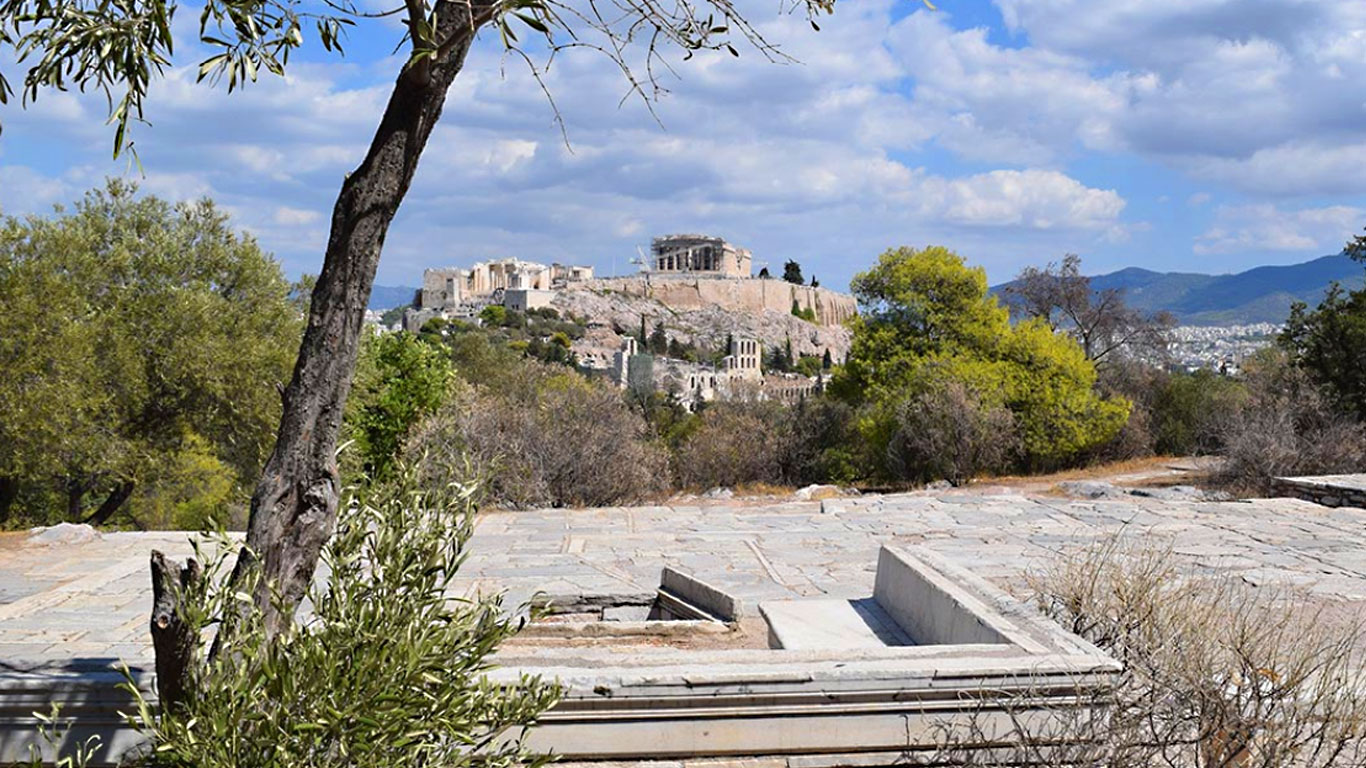
Back to the present day
In this environment, everything seems cohesively walking through the eras, moving on carrying a narrative. Eventually, the paths speak for themselves. They are composing a story that connects antiquity, the byzantine and post-byzantine era. Going on, from the traditional habits and crafts to the contemporary people who form an alloy of past and present. In an interesting metaphor, the little amount of concrete used has the same operation as the nowadays people. Because it’s the adhesive material, putting everything together in a row that makes sense.
The path series is a vivid work, that speaks out through the pathways designed for the movement, the body, and the gaze. All it says is an invitation to explore one side and the other of the intersecting lanes. That’s the way to get to know a new city -or anything new!
For a real-time exploration of Pikionis’ artwork in the Western Hills of Athens download Narratologies app NOW!

